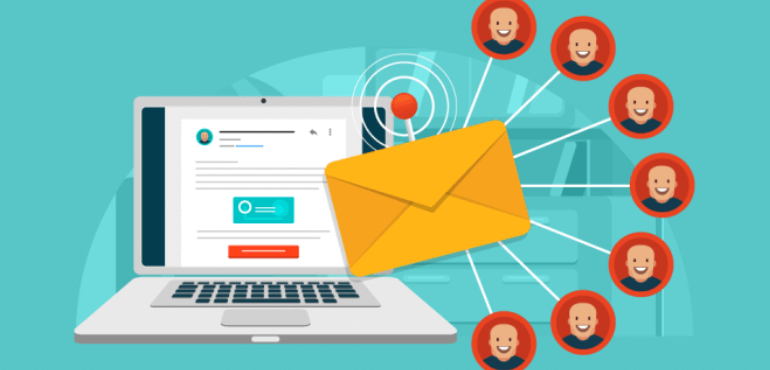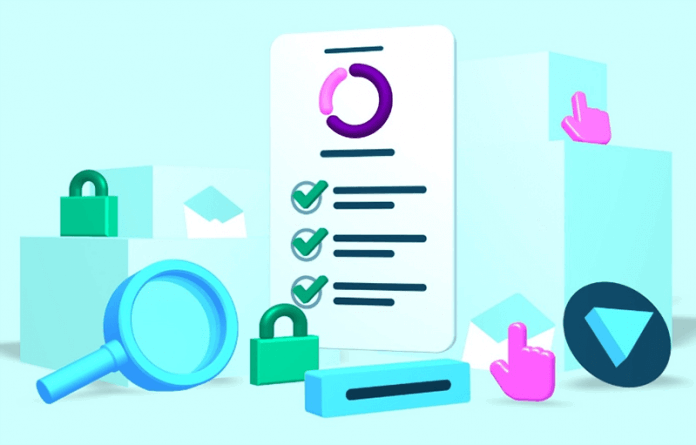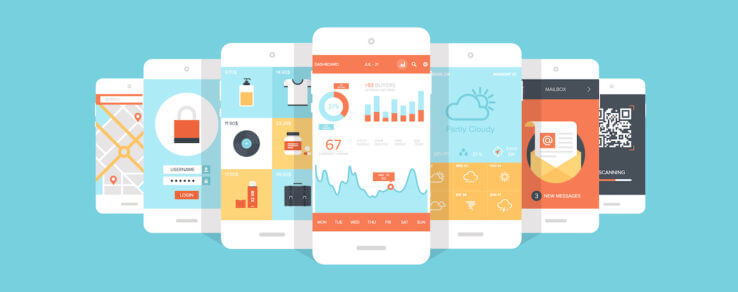Email marketing is ever evolving
2020 was the year that divided the world into pre-pandemic and post-pandemic strategies. The surreal situation changed customer preferences and their buying behavior (including Facebook), which has compelled marketing professionals to revamp their strategies.
The expectations of your subscribers and the tactics that your email teams use have changed. Owing to this, it has become imperative for email marketing professionals to adapt to evolving customer behaviors and needs.
So, what kind of twists and turns can we anticipate in the world of email in 2022 and the years to come? Let’s explore the email marketing trends that we can look forward to in 2022 and the years to come.
Better email accessibility
Accessibility has been a big trend in the tech world for the last few years, with new developments making it easier for people with disabilities to communicate and access information using digital means. With one billion people in the world estimated to have a vision impairment, implementing accessibility best practices in digital communications allows brands to craft messages all their customers can read and digest.
In the email space, accessibility has become more popular in the last few years, but it’s still not the norm. In fact, only 57% of companies consistently focus on developing accessible emails, according to a recent study by Mailjet, Mailgun, Email on Acid, and Ascend2.
But with more resources and tools available to craft, deploy, and test email accessibility, we predict 2022 to be the year brands take that much-needed next step and finally invest in consistently designing fully accessible emails.

Creating hyper-personalized emails
Personalized emails are a part of the past. In 2022, only hyper-personalized emails will bring in conversions.
71% of subscribers will decide whether to engage with an email depending upon the level of personalization offered. Hence, you must move way ahead from including your prospect’s first name in subject lines.
Hyper-personalized emails take data from multiple customer touchpoints and use them to offer highly personalized experiences. Examples include sending emails with product recommendations based on past purchases, monthly/yearly usage reports, and tailored offers based on behavior.
The best example we can give you is of Spotify Wrapper. Each year the audio streaming company highlights each user’s listening patterns and shares them across multiple channels. The following email includes figures unique to the subscriber receiving it.
Empathetic Tone in Emails
As the world struggled through a brutal lockdown pandemic last year with riots and an increase in overt racism and violence, it was (and continues to be) of utmost importance to be sensitive toward the sentiments of people. Therefore, you must always maintain an empathetic tone in your emails.
Many businesses and individuals are still going through a tough time, so you must adjust your tone and email marketing strategy according to the situation. Consider pausing your email automations or any other scheduled communications, including push notifications and text messages, in case there is any regional emergency or situation of unrest.
Remember that your subscribers might be customers or followers of your brand, but they are human first and expect a considerate rather than pushy marketing approach from you. Whether it is the visuals, the cadence of the message or the words used (“Our clients are killing it this quarter!” is probably not appropriate during these times), everything must reflect empathy and compassion for your subscribers.

New ways to measure success
Back in June, the whole email world went into panic mode when Apple announced its new privacy features for the Apple Mail app. Once again, there were talks about email being doomed, and email experts everywhere engaged in a lengthy discussion about the worth of open rates as a success metric for emails.
Well, while the Apple Mail Privacy Policy proved to be less disruptive than we anticipated, the truth is the latest developments in email have deemed open rates a little unreliable when it comes to measuring the success of our campaigns.
In 2022, the focus will be on more impactful metrics that allow marketers to truly identify what’s working and what isn’t working in their email strategy. But first, email marketers will need to clearly establish their email campaign goals. Is the goal of an email just to be opened? Or do we want customers to click-through and take action? For the former, open rates could be enough, but the latter will require marketers to focus more on what happens next.
Another important note is the email marketing mistakes to avoid. Check that out here

Making your strategy agile
If you’ve watched the season Friends, you must remember the iconic pivot episode. Like Ross and co., we suggest you pivot your email marketing strategy in 2022. In other words, create an agile strategy.
In such a strategy, you adopt a trial and error method. If something works, you continue with it. If it doesn’t, you pivot. You might think an agile strategy is unnecessary, but honestly, it makes all the difference when you’re evaluating your performance at the end of the year and wished you made timely changes.
Our top tip is to never lose sight of your outcomes while making adjustments in outputs when needed. The outcome is what you hope to achieve, while outputs are the actions/items needed to realize them. Let’s explain this through an example.
Your outcome is to achieve a 5% higher click-through rate in 2022. For that, you’ve adopted the output of gamifying your emails. Once you’ve made a series of campaigns live, you can test their results by leveraging different email marketing metrics. If the results are positive, you’re good to go. If not, you need to tweak this output or try a new one altogether.
Artificial Intelligence
Marketers will strive to create humanized automated emails with a personal touch. They will use AI-powered tools to send out triggered emails that are more relevant for the users and thus see higher open rates and click-through rates.
Robust CRM tools like Marketo and Salesforce come with features like predictive analytics and lead scoring models that allow you to send impactful emails that are perfectly aligned with the customer’s expectations.
Amazon and Netflix have aced their email marketing game by using this technology. They send out recommendations based on the past behavior of the customer. For instance: If someone has searched for “royal blue dresses,” Amazon will send out a product recommendation email showcasing matching footwear and earrings.
Similarly, Netflix sends out movie recommendation emails based on the user’s previous watching history.
Wrapping Up
In addition to email marketing best practices, email marketers should also adopt these advanced technologies like micro-segmentation, hyper-personalization, AI-driven email automation, AMP and BIMI.
This will take the subscriber experience to the next level and make email marketing all the more rewarding in terms of sales and conversions.
